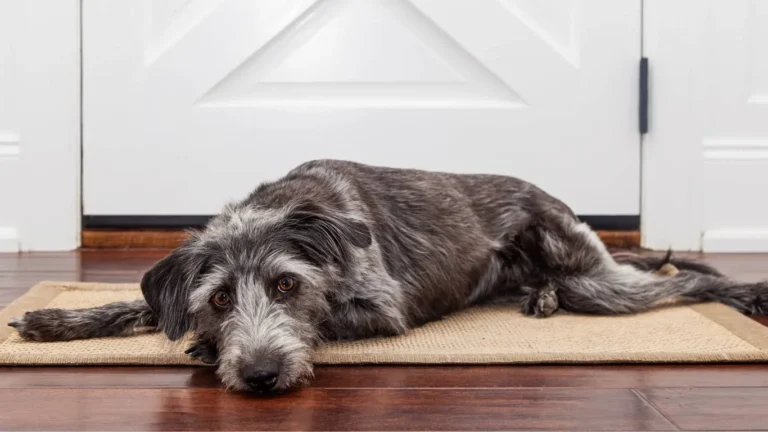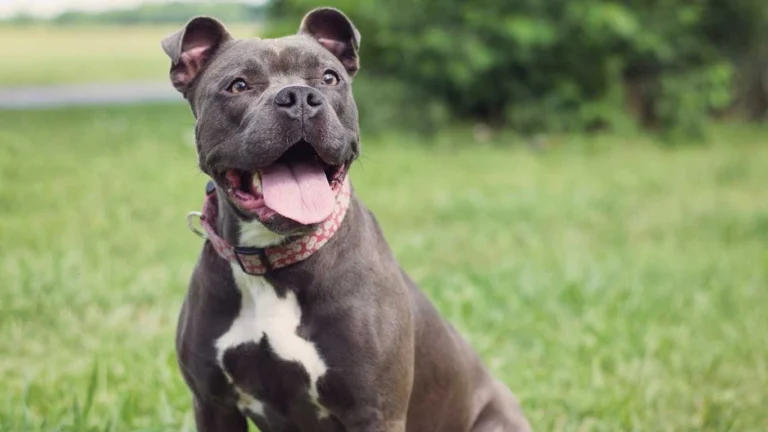Best Dog Food for Tear Stain Prevention: Clear Eyes, Happy Pup
If you’re like me—someone who’s been elbows-deep in fur and slobber at pet clinics and animal shelters—you’ve probably seen it all. One thing that always stands out though? Those pesky tear stains on pups, especially the light-colored ones. Pet parents come in all the time asking, “What’s the best dog food for tear stain prevention?” And let me tell you, there’s no magic fix, but your dog’s diet plays a way bigger role than most people think. Tear stains aren’t just a cosmetic issue—they can signal something off in your pup’s system. And as someone who’s spent years helping dogs look and feel their best, I’ve got a lot to say on the subject.
Why Diet Matters More Than You Think

Most folks are shocked when I tell them that food is often the first thing I look at when dealing with tear stains. But think about it: what goes in must come out, and sometimes it comes out right through those little ducts under your dog’s eyes. I’ve seen dogs switch to cleaner, more balanced diets and—bam!—within weeks, those rust-colored streaks fade away like magic. It’s not actually magic though. It’s science, and a bit of experience.
The Hidden Culprits in Dog Food
Let’s get real—some commercial dog foods are junk. Full of fillers, dyes, and ingredients you can’t pronounce. When I worked in a shelter, we had to use budget food sometimes, and the difference in dogs’ coats, eyes, and even breath was *wild*. Here are a few things I always recommend avoiding when picking a food for a tear-prone dog:
- Artificial colors and preservatives: These can trigger allergic reactions or inflammation, leading to excessive tearing.
- By-products: Low-quality protein sources can be hard on your dog’s system and lead to poor digestion.
- Excessive grains: Some dogs are sensitive to certain grains which may result in more eye discharge.
It’s not just about “fancy” food—it’s about real, clean nutrition.
What to Look for in the Best Dog Food for Tear Stain Prevention

I’ve had the pleasure of working with so many breeds—Malteses, Shih Tzus, Poodles—and honestly, once we started dialing in their diets, their eyes got clearer and cleaner. If you’re hunting for the best dog food for tear stain prevention, here’s what I’d recommend looking for based on what’s worked in the clinic and at home:
- Limited ingredient diets: Fewer ingredients make it easier to spot potential allergens and irritants.
- High-quality animal protein: Think salmon, turkey, or lamb instead of “meat meal mystery blend.”
- Omega-3 fatty acids: These help reduce inflammation and support healthy skin and coat, including around the eyes.
- Probiotics: Gut health is linked to so many things, including tear production and immune responses.
- No added sugar or salt: These can mess with tear glands and increase staining.
Real Talk: Raw or Cooked Diets?
I know raw diets are all the rage now, and I’ve seen some success stories, but they’re not for every dog—or every owner. At the shelter, we didn’t have the luxury to go raw, but I’ve tried it with my own dogs, and yeah, it can help with tear stains. Just make sure you’re doing it right. Balanced meals, not just tossing raw chicken in a bowl. There are cooked fresh food delivery services too, and some of those can be game-changers if you’ve got the budget.
Don’t Forget Water: The Secret Weapon
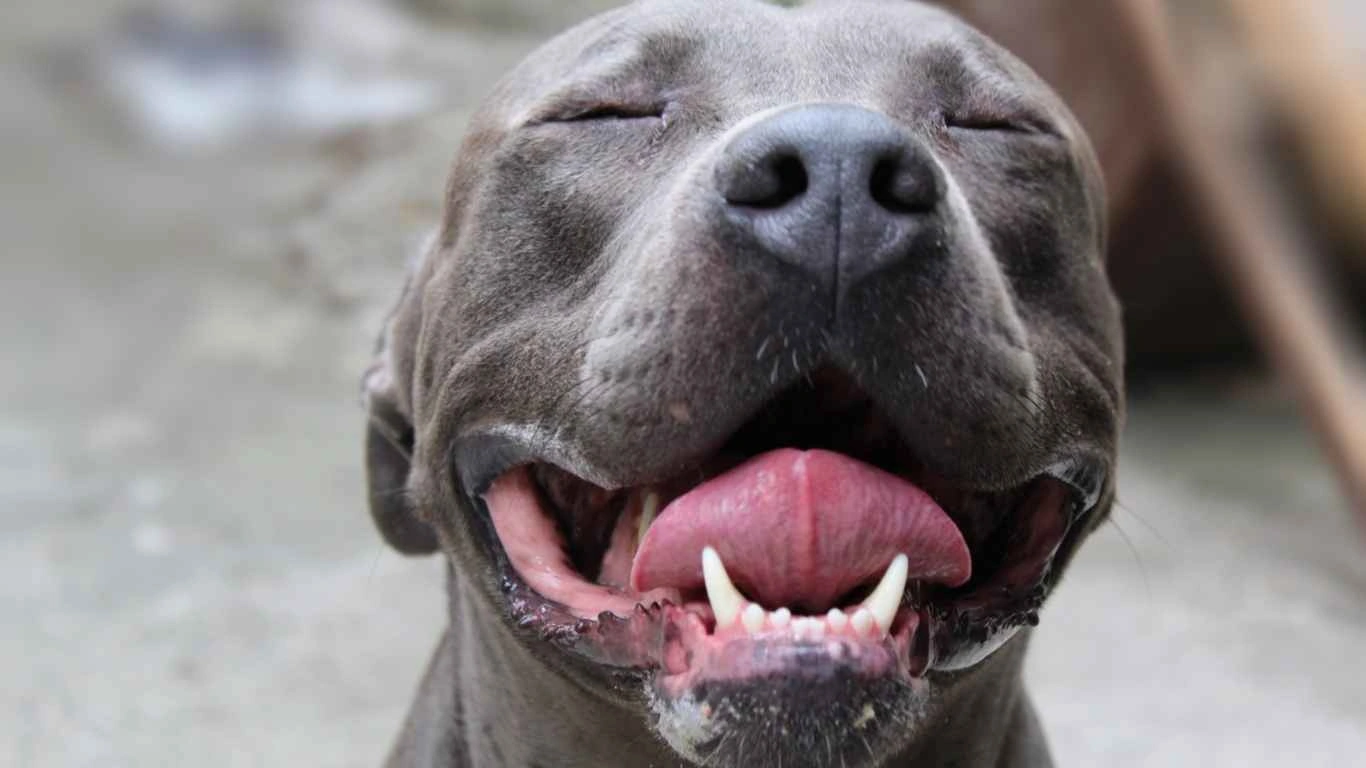
Here’s a little nugget of wisdom I picked up from a vet I used to work with: “If you wouldn’t drink your dog’s water, don’t let them either.” Sounds dramatic, but it’s true. Tap water can be full of minerals that contribute to staining. I always tell pet parents to try filtered or bottled water for a few weeks and see what happens. You’d be surprised how much of a difference that alone can make.
Bonus Tips from My Daily Work
Over the years, I’ve picked up little habits that really seem to help reduce tear stains naturally:
- Keep the eye area dry: After meals or walks, a quick wipe with a clean cloth can prevent moisture buildup.
- Use stainless steel bowls: They’re easier to keep clean and don’t harbor bacteria like plastic does.
- Regular grooming: Hair near the eyes can trap tears and bacteria, so keep it trimmed and tidy.
Honestly, I’ve found that it’s not just about the food—it’s about the full routine. A combo of the right diet, good hygiene, and a little extra TLC can really transform your dog’s face (and keep your furniture cleaner too).
Common Myths About Tear Stains and Dog Food
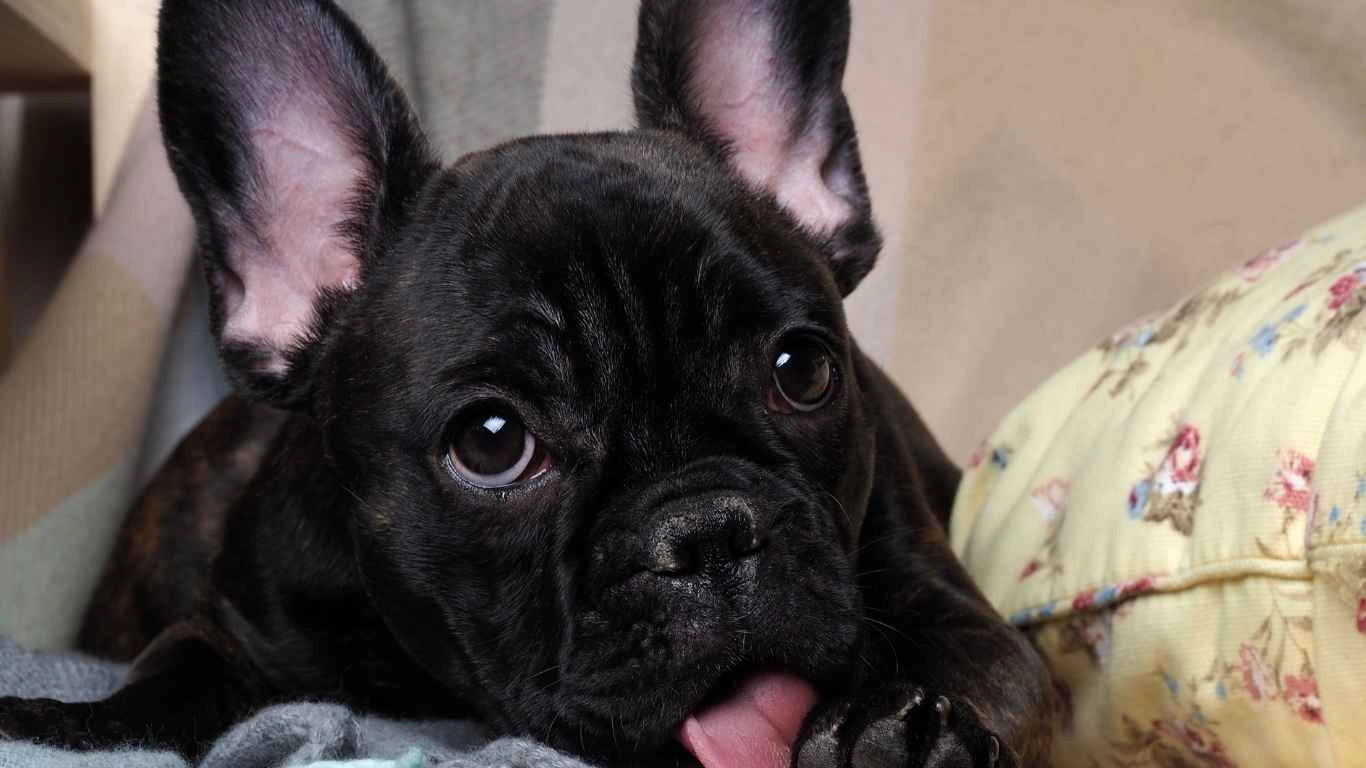
Alright, let’s set the record straight on some things. Over the years, I’ve heard every theory under the sun about tear stains. Some folks swear it’s just “genetics,” while others think it’s a dirty water bowl or even just the weather. While yes, those can *contribute*, most of the time it really does come down to what’s in your dog’s bowl. One common myth? That all tear stains are permanent. Nope. I’ve helped plenty of pet parents fade them out just by tweaking diet and routine.
Another one I hear a lot? “Just give them a supplement and call it a day.” Look, I’m not anti-supplement. I’ve seen them work wonders. But if your dog’s food is low-quality, you’re basically putting a band-aid on a bigger issue. It’s like eating fast food every day and trying to cancel it out with a multivitamin. Ain’t gonna work.
Are Certain Breeds More Prone?
Totally. Breeds like Maltese, Pekingese, Poodles, Bulldogs, and Shih Tzus seem to get the short end of the stick when it comes to tear stains. I’ve had little white fluffballs come into the clinic looking like they were wearing rusty mascara. But even if your dog isn’t one of the usual suspects, tear staining can still pop up. And the root cause is usually inflammation, poor nutrition, or both.
Supplements That Support a Stain-Free Pup

Okay, now that we’ve cleared up some myths, let’s talk real help. Supplements can totally be part of the solution—as long as you’re not using them to cover up bad food. Here are some I’ve seen work firsthand in my time in clinics and shelters:
- Omega-3s: These anti-inflammatory fats are good for the skin, coat, and yep, even tear ducts.
- Probiotics: If your pup has gut issues, it often shows up in their eyes. A healthy gut = a clearer face.
- Organic cranberry powder: Helps balance pH and reduce eye discharge in some dogs.
- Digestive enzymes: Sometimes it’s not what your dog eats, but what they can absorb. These can help with nutrient absorption and waste elimination.
I always recommend checking with your vet before starting anything new, especially if your dog has other health stuff going on. But generally speaking, these are low-risk and often pretty helpful.
What About Tear Stain Wipes and Topicals?
Yeah, they exist, and they’re fine for cleanup—but they’re not a cure. I always tell people, “Clean it on the outside, fix it from the inside.” Wipes can help reduce staining visually, but if your dog’s still tearing excessively, you’re only treating the symptom, not the cause. Still, I keep a stash of gentle, natural wipes handy for post-walk face wipes—especially during allergy season.
Sample Weekly Feeding Routine (What I Recommend to Clients)

Pet parents at the clinic used to ask me all the time for a “cheat sheet.” So here’s a rough weekly guide that blends commercial, fresh, and supplement options—great for dogs prone to tear stains:
- Monday: High-quality dry food (look for salmon or lamb base), filtered water, daily probiotic chew
- Tuesday: Cooked turkey and sweet potato mix, add omega-3 oil drizzle
- Wednesday: High-quality kibble again, small amount of plain yogurt for probiotics
- Thursday: Cooked chicken with quinoa and spinach, sprinkle of digestive enzyme powder
- Friday: Kibble with a spoonful of canned pumpkin (great fiber and gut support)
- Saturday: Fresh cooked beef with green beans and carrots, filtered water always
- Sunday: Mix of kibble and cooked topper, cranberry powder capsule
This isn’t a strict plan—more like a flexible blueprint. The idea is variety, balance, and whole foods that support your pup’s system. Tear stain-free faces start in the bowl, for real.
My Personal Go-To Brands (From Clinic and Home Use)
I’m not sponsored by any of these (just passionate), but here are a few brands I’ve trusted with my clients’ dogs and my own over the years:
- Open Farm: Clean ingredients, traceable sourcing, good for sensitive pups
- Farmina: Especially their grain-free lines—they’re pricier, but I’ve seen them clear up staining in weeks
- Ziwi Peak: Air-dried raw food that’s crazy nutrient-dense—perfect for smaller breeds with tear issues
- The Farmer’s Dog: Fresh cooked food that actually smells like real food (because it is)
In the shelter, we had budget limitations, so we used to get donations of higher-end food from local stores nearing expiration. When we switched even a portion of the dogs to better stuff, the difference was *night and day*—not just in tear stains, but in behavior, coat condition, and even their poop (which I, unfortunately, had to deal with daily ).
Other Lifestyle Tweaks That Actually Work

Let’s wrap this part with some lifestyle stuff you might not think matters—but it does. Tear stains don’t happen in a vacuum. It’s often a combo of diet, care, and environment. Here’s what I always tell new dog parents during their first vet tech visit:
- Keep bedding and bowls clean: Bacteria buildup can irritate the eyes.
- Avoid dusty or moldy areas: Environmental allergens can spike tear production.
- Daily face grooming: Especially for long-haired breeds—keep it dry and tidy.
- Stay hydrated: Always, always filtered water. It’s underrated but *so* powerful.
Over the years, these little tweaks have helped dozens of dogs feel more comfortable and look a lot less “weepy.” I’ve had clients cry (happy tears!) after finally seeing their pup’s cute face again under all that staining.
Veterinary Insight: What the Pros Say About Tear Stain Nutrition
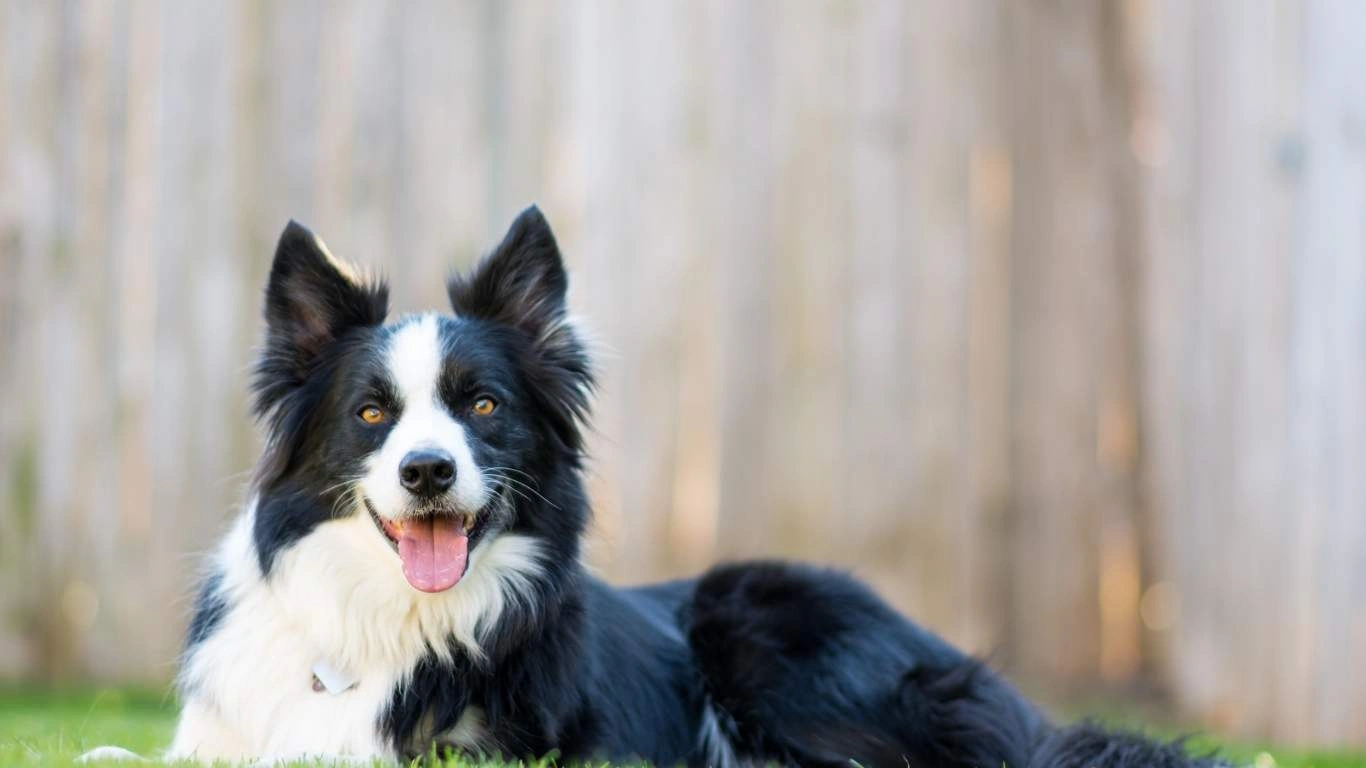
I’ve been lucky enough to work alongside some incredible veterinarians and vet nutritionists during my time in the field. One thing they always emphasize? Diet isn’t just a trend—it’s foundational. Tear stains are often a symptom, not the root problem. That’s why when people ask me about the best dog food for tear stain prevention, I always approach it holistically, like many pros do. It’s not just about food—it’s about gut health, hydration, and environmental wellness, too.
Veterinary pros agree that high-quality diets made with real ingredients are less likely to cause the low-grade inflammation that leads to excessive tearing. One vet I worked with used to say, “Feed like you care. Because your dog’s body can tell the difference.” And she wasn’t wrong.
Veterinary Recommendations at a Glance
- Choose food free from artificial preservatives and dyes
- Use filtered or distilled water to avoid minerals that can worsen staining
- Include omega-3-rich foods to support the skin and eyes
- Introduce probiotics to support gut immunity
- Get a vet consult if staining persists—could be something more serious like a blocked tear duct or allergy
If you want to dig into some trusted resources, sites like PetMD and AKC offer great breakdowns of nutrition and tear staining.
Holistic Approaches That Complement Diet

Beyond food, there’s a growing interest in more natural and holistic care—something I’ve dabbled in a lot, especially with the more sensitive pups we’d get at the shelter. These dogs, bless their hearts, would react to just about anything. Holistic care helped balance them out in ways I honestly didn’t expect at first.
Natural Remedies I’ve Actually Used
- Apple cider vinegar (small amounts in food): Can help balance internal pH. Just be sure to talk to your vet first—this one isn’t for every dog.
- Chamomile compresses: Brew some tea, cool it down, and gently dab around the eyes to calm irritation. Worked wonders on our nervous rescues.
- Coconut oil (externally): A dab around the eyes (not in them!) can help prevent hair from matting and staining up.
Again, these aren’t cure-alls. But when paired with a stellar diet? The results can be pretty awesome.
Success Stories From Real Pet Parents
Let me tell you, there’s nothing like watching a pet parent light up when their dog’s tear stains start to fade and that sweet face comes back into full view. Over the years, I’ve had so many folks come back to the clinic or shoot me updates on Instagram with before-and-afters. Here are a few that always stick with me:
Bella the Maltese
Bella’s owner was at her wit’s end. She tried every tear stain remover on the shelf, but nothing worked. We switched Bella to a limited-ingredient salmon kibble, swapped her plastic bowls for stainless steel, and recommended filtered water. Within a month? Clear eyes, happy pup.
Tank the Bulldog
Tank was a chunky little guy who lived off a budget kibble full of fillers. His face was constantly stained and irritated. We got him on a fresh food delivery plan (his mom chose The Farmer’s Dog), and added probiotics. The stains started clearing up in under three weeks.
Luna the Rescue Poodle
Luna came into our shelter with intense staining, crusty eyes, and itchy skin. She was switched to a homemade turkey and veggie mix (balanced by our vet techs), and her progress was incredible. Luna got adopted shortly after, and the new family kept the diet going strong.
These are just a few, but the theme’s the same: the right food, plus a little love and patience, really does work.
Final Thoughts: Nourish From the Inside Out
When I think back to all the dogs I’ve worked with—each one different, each one deserving—it’s clear that there’s no one-size-fits-all solution. But nutrition? It’s always a piece of the puzzle. The best dog food for tear stain prevention is the one that works with your pup’s unique body, not against it. It’s about clean ingredients, balanced meals, and making thoughtful choices daily.
We owe it to our dogs to do better than cheap kibble and quick fixes. I’ve seen firsthand how powerful good food can be. It doesn’t just change tear stains—it changes lives. Less discomfort, less vet visits, and more of that bright-eyed, tail-wagging joy that reminds us why we fell in love with dogs in the first place.
References
Disclaimer
This article is based on personal experience and professional observations as an Animal Care Specialist. It is intended for informational purposes only and does not replace professional veterinary advice. Always consult with your veterinarian before making significant changes to your dog’s diet or health routine.



